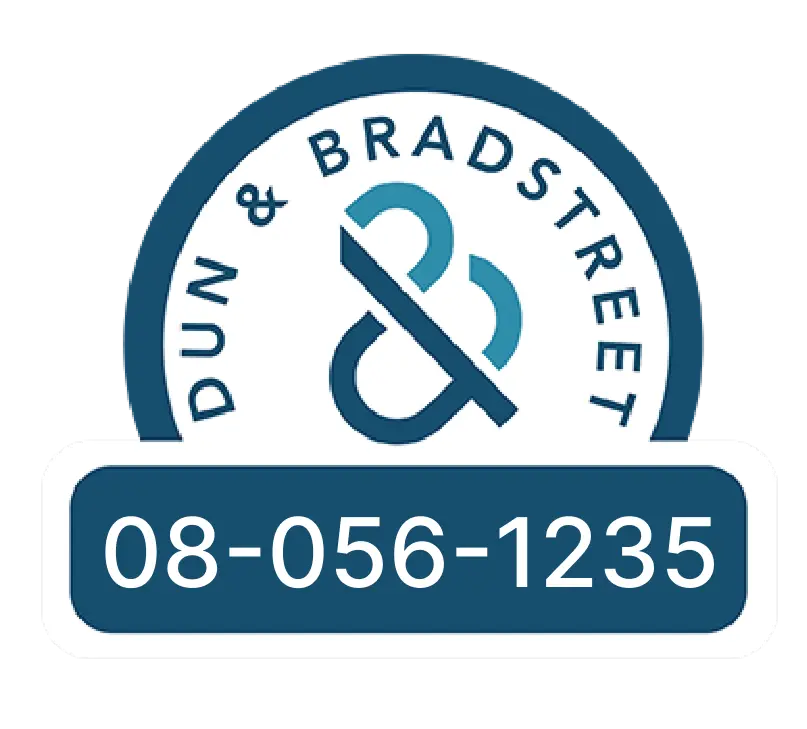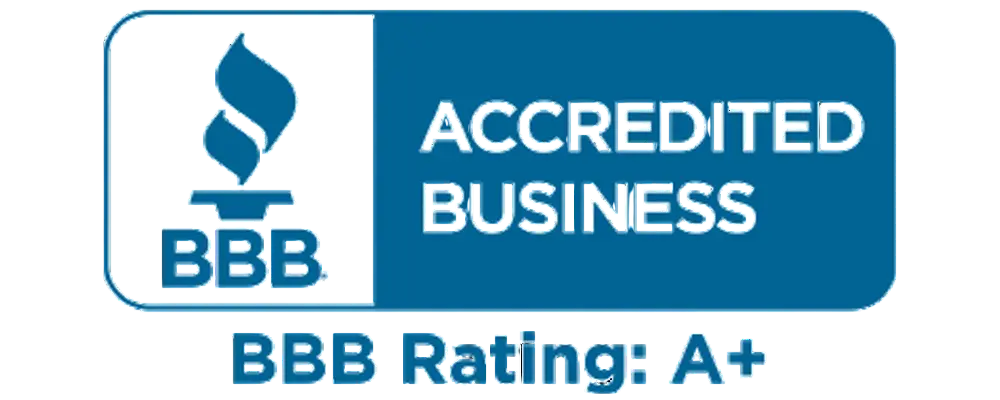Download free PDF
Medical Wearable Injector Market - By Device Type, By Usage Type, By Technology, By Application - Global Forecast, 2025 – 2034
Report ID: GMI5891
|
Published Date: July 2025
|
Report Format: PDF
Download Free PDF
Authors: Mariam Faizullabhoy , Gauri Wani



Premium Report Details
Base Year: 2024
Companies covered: 11
Tables & Figures: 190
Countries covered: 8
Pages: 170
Download Free PDF

Medical Wearable Injector Market
Get a free sample of this report
Get a free sample of this report Medical Wearable Injector Market
Is your requirement urgent? Please give us your business email
for a speedy delivery!





Medical Wearable Injector Market Size
The global medical wearable injector market was estimated at USD 1.7 billion in 2024. The market is expected to grow from USD 1.9 billion in 2025 to USD 6.6 billion in 2034, growing at a CAGR of 15.2%. This high growth is attributed to several factors including rising prevalence of chronic diseases such as diabetes and cancer, increasing demand for home-based healthcare, and growing adoption of self-administration drug delivery technologies. Advancements in wearable technology and biologics are further fueling market expansion positively.
A wearable injector is a smart medical device designed to deliver high-volume drugs subcutaneously over an extended period, typically worn on the body. Major players in the industry include Amgen, Bayer, Becton Dickinson (BD), Enable Injections, Ypsomed, Enable Injections, and Gerresheimer. Typically, biologics or large-volume injectables such as monoclonal antibodies, which cannot be administered using standard syringes or auto-injectors.
Top Players Collective Market Share 85%
The market declined from USD 2.4 billion in 2021 to USD 1.9 billion in 2023, registering a negative CAGR of -11.1% during this period. This decline was primarily driven by the loss of Neulasta’s patent exclusivity, which led to a significant drop in prices due to the widespread availability of biosimilars. However, the market has since experienced a rebound, supported by several key growth drivers, including a notable shift towards subcutaneous drug delivery, which has emerged as the preferred route due to its patient-friendly nature and its ability to reduce dependency on clinical settings for chronic disease management.
Subcutaneous delivery enables the administration of high-viscosity biologics in a controlled and sustained manner, making it well-suited for wearable injector platforms. The U.S. FDA approval of wearable injection systems has further reinforced this trend. For instance, Amgen’s Neulasta Onpro received FDA approval in April 2017 for the subcutaneous delivery of pegfilgrastim to reduce infection risk in cancer patients. Similarly, Amgen’s Repatha (evolocumab) Pushtronex System, and BD Libertas a wearable injector by Becton Dickinson have also received regulatory approval. These innovations were designed to enhance the self-administration experience for patients managing cardiovascular and other chronic conditions.
However, it is important to note that Repatha Pushtronex was voluntarily withdrawn from the market in Q1 2025, with Amgen transitioning to prefilled pen devices for Repatha delivery. Accordingly, for Amgen, our market forecast includes only Neulasta Onpro during the forecast period. Such regulatory endorsements have increased confidence among both patients and companies, driving greater investment in wearable drug delivery technologies.
Additionally, the pharmaceutical industry’s growing focus on large-molecule biologics is further propelling market growth. Biologics often require high-volume subcutaneous delivery, which can be challenging with conventional devices such as syringes and pens. Wearable injectors address this need by enabling convenient and patient-friendly administration of complex therapies. For instance, in February 2024, LTS Lohmann Therapie-Systeme AG introduced a large-volume wearable injector with a capacity ranging from 1 mL to over 50 mL, designed to support the self-administration of biologics such as UDENYCA. Such innovations are advancing the shift toward home-based treatment and improving adherence among patients undergoing long-term biologic therapy.
Medical wearable injectors are body-worn devices designed for the subcutaneous delivery of high-volume or viscous drugs, typically biologics, over a set duration. This definition excludes insulin pumps, including tubeless systems like Omnipod, which are sometimes included in broader market assessments.
Medical Wearable Injector Market Trends
The global market experiences dynamic transformation driven by both macro and micro-level trends. On the macro level, the rising prevalence of chronic diseases such as cancer, cardiovascular conditions, and autoimmune disorders is fueling demand for advanced drug delivery solutions that support self-administration and reduce dependence on hospital-based care.
Medical Wearable Injector Market Analysis
The global market declined from USD 2.4 billion in 2021 to USD 1.9 billion in 2023, primarily due to Neulasta’s patent expiry and the entry of biosimilars. While this impacted overall market value, other players have continued to grow year-on-year.
Based on the device type, the market is segmented into programmable wearable injectors and non-programmable large volume injectors. The programmable wearable injectors segment accounted for 74% of the market in 2024 due to their precise dosing capabilities, customizable features, and ability to support complex biologics. The segment is expected to exceed USD 5.1 billion by 2034, growing at a CAGR of 15.6% during the forecast period. On the other hand, non-programmable large volume injectors segment is expected to grow with a CAGR of 13.8%. The growth of this segment can be attributed to their cost-effectiveness, ease of use, and rising demand for prefilled, disposable systems for high-volume delivery.
Based on the usage type, the medical wearable injector market is segmented into disposable wearable injectors and reusable wearable injectors. The disposable wearable injectors segment accounted for the highest market share of 83.8% in 2024 due to their ease of use, reduced risk of cross-contamination, and high patient compliance for single-use biologic therapies.
Based on technology, the medical wearable injector market is segmented into motor-driven, spring-based, expanding battery, rotary pump, and other technologies. The motor-driven segment accounted for the highest market share of 31.5% in 2024 to its precision in drug delivery, compatibility with high-viscosity biologics, and integration in programmable systems.
Based on the application, the medical wearable injector market is segmented into oncology, cardiovascular disease, autoimmune disease, infectious disease, and other applications. The oncology segment accounted for the highest market share of 40.1% in 2024 owing to the rising incidence of cancer, increased adoption of biologics, and demand for home-based chemotherapy alternatives.
North America dominated the global medical wearable injector market with the highest market share of 51.7% in 2024.
Europe medical wearable injector market accounted for USD 595.5 million in 2024.
The rest of the world medical wearable injector market is anticipated to witness high growth over the analysis timeframe.
Medical Wearable Injector Market Share
Leading companies like Amgen, Becton Dickinson (BD), Ypsomed, and Gerresheimer together hold between 75 - 80% of the market share in the moderately consolidated global market. These businesses keep their dominance by combining strong product lines, business alliances, legal clearances, and ongoing innovation. Amgen holds a strong competitive advantage with its Neulasta Onpro device, widely adopted in oncology for post-chemotherapy.
Ypsomed, well-known for its YpsoDose injector, uses its adaptable spring-based delivery system and alliances with biopharma companies to meet the demands of large-scale subcutaneous drug delivery. In the meantime, Gerresheimer's Gx SensAir, which was introduced in collaboration with Sensile Medical, offers a programmable and reusable solution, placing it firmly in the market for reusable injectors, particularly for oncology biologics.
Companies are using competitive pricing strategies for biosimilar-compatible injectors, like UDENYCA by LTS Lohmann Therapie-Systeme AG, which is intended to provide a more affordable option, in an effort to increase their market share. Players are also addressing market gaps by launching injectors capable of delivering up to 50 mL subcutaneously, a significant advantage as treatment plans evolve and biologics become more concentrated.
New companies like Enable Injections are also disrupting the market with products like enFuse, a wearable injector that can be customized and runs on batteries to deliver large amounts of biologics at home. Enable Injections established itself as a powerful competitor in the home-based care market after receiving FDA approval in September 2023.
Medical Wearable Injector Market Companies
Few of the prominent players operating in the medical wearable injector industry include:
Amgen’s strength in the market lies in its biologics portfolio and patient-centric delivery solutions. While the company previously offered both the Onpro and Pushtronex systems, it has since discontinued the Pushtronex device as of Q1 2025, shifting Repatha delivery to prefilled pens. Amgen continues to lead in this space with the Neulasta Onpro system, which integrates high-volume drug delivery with wearable convenience enhancing patient compliance and supporting home-based administration for chronic therapies.
BD’s USP in the wearable injector market centers on its engineering expertise and robust device manufacturing capabilities. Through its Libertas platform, BD offers customizable, subcutaneous delivery systems for high-viscosity biologics, addressing the growing demand for self-administered chronic care treatments. BD’s strength lies in its ability to collaborate with pharmaceutical partners to develop scalable, safe, and user-friendly wearable injectors that meet stringent regulatory and clinical standards.
Ypsomed stands out in the medical wearable injector market with its YpsoDose platform, a prefilled, large-volume, spring-based injector designed for ease of use and patient comfort. Its strong partnerships with pharmaceutical companies and a focus on customizable drug delivery solutions allow it to cater to high-volume biologics. Ypsomed’s reliable, user-friendly design supports self-administration, aligning with trends in home healthcare.
Gerresheimer’s key strength lies in its Gx SensAir platform a programmable, reusable wearable injector designed for precise, large-volume subcutaneous drug delivery. The company offers full-service integration, from device design to drug containment systems, giving it a competitive manufacturing edge. Its emphasis on innovation, digital connectivity, and sustainability makes it a preferred partner for biopharma companies seeking next-generation delivery systems.
Medical Wearable Injector Industry News:
The medical wearable injector market research report includes an in-depth coverage of the industry with estimates and forecast in terms of revenue in USD Million and from 2021 – 2034 for the following segments:
Click here to Buy Section of this Report
Market, By Device Type
Market, By Usage Type
Market, By Technology
Market, By Application
The above information is provided for the following regions and countries: